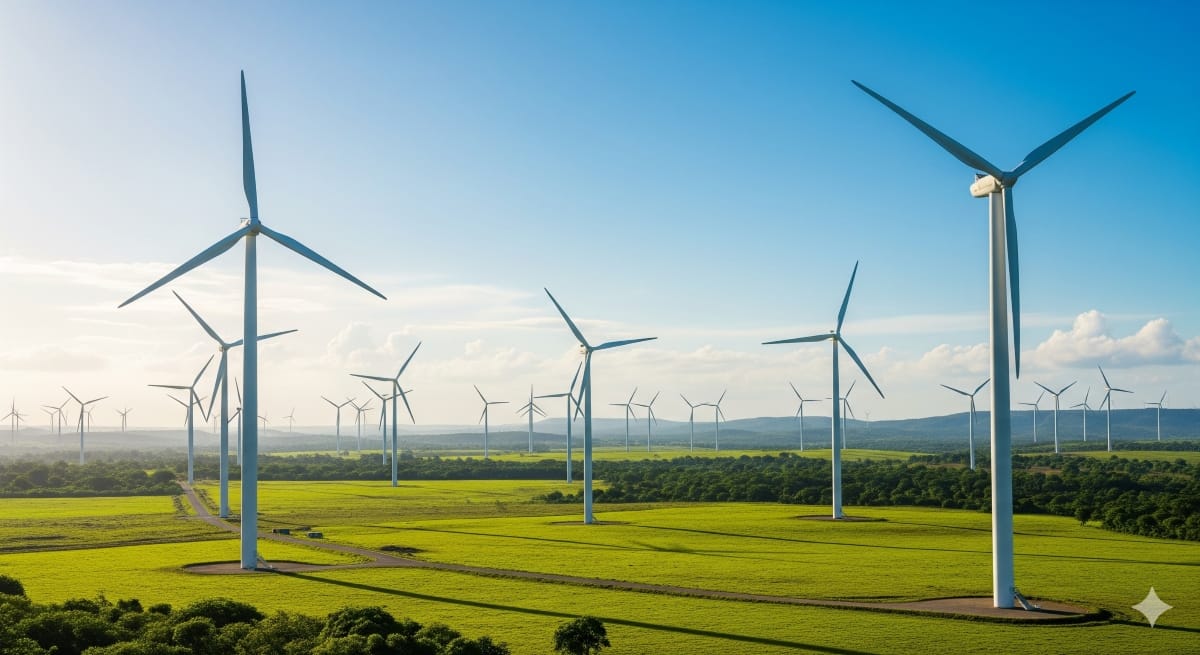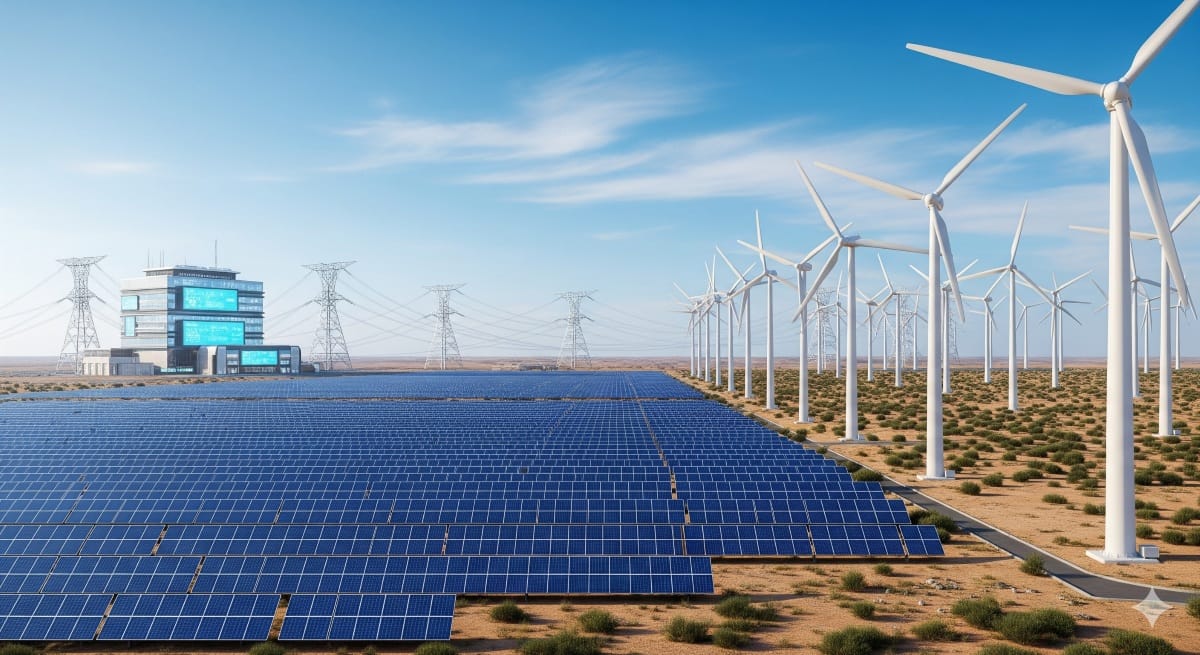GloNews10

India is on the path to becoming a global leader in wind energy by 2030, thanks to its ambitious renewable energy targets, strong policy framework, and massive investments in clean power infrastructure. With vast coastlines ideal for offshore wind projects and robust onshore wind potential, India is well-positioned to drive the global clean energy transition.
In this article, we will explore India’s wind energy growth, key government initiatives, private sector involvement, and what this means for the global renewable energy market.
As of 2025, India is among the top five countries in wind energy capacity, with an installed capacity of over 45 GW. The government aims to double this capacity by 2030, targeting 100 GW of wind energy as part of its broader renewable energy mission.
According to the International Energy Agency (IEA) and Economic Times, India’s wind energy sector is growing at an annual rate of 10-12%, driven by large-scale projects in states like Gujarat, Tamil Nadu, Karnataka, and Maharashtra.
India has several advantages that make it a strong contender for global wind leadership:
India’s 7,600 km coastline provides ideal conditions for offshore wind farms, while states like Tamil Nadu and Gujarat offer excellent onshore wind potential.
Policies such as:
These initiatives have boosted investor confidence and accelerated project execution.
Major companies like Adani Green Energy, Suzlon Energy, ReNew Power, and Tata Power are investing billions in wind projects, including hybrid renewable parks.

India is leading the development of hybrid renewable parks that combine wind and solar energy on the same land, maximizing efficiency and reducing costs. These projects help maintain stable power supply by balancing solar and wind generation during different times of the day.
Example:
Offshore wind projects are a key focus for India’s renewable strategy.
Offshore wind energy is expected to create thousands of jobs and attract foreign direct investment (FDI) in the renewable sector.
India’s wind energy growth will significantly influence global energy markets by:
By achieving its 2030 targets, India will contribute to global net-zero goals and set an example for other developing countries.
Despite strong progress, India faces some challenges:
The government is addressing these through green financing options, public-private partnerships, and grid modernization plans.
India’s wind energy expansion is expected to create:
Global companies from Europe, Japan, and the US are partnering with Indian firms to develop offshore wind projects. Foreign investments in India’s renewable sector are expected to exceed $30 billion by 2030.
If India successfully executes its wind energy roadmap, it will:
India is well on its way to becoming a global leader in wind energy by 2030. With strong policies, technological advancements, and massive investments, India’s wind sector will not only transform its domestic energy landscape but also influence the global clean energy transition.
The next five years will be crucial in determining India’s position in the global renewable energy market—and all signs point to success.